Muddling My Ways of Knowing and Being
Sara McManus
School of Education, University of Northern British Columbia
EDUC 393: Foundations of Education
Melanie Baerg, M.Ed. – Lecturer
October 11, 2021
It is funny how inspiration works, isn’t it? I woke up on Monday, October 5, 2021, and thought to myself, I have no idea what to write about for my cross-curricular reflective writing. Yet, by the end of that evening’s class, I felt the jigsaw puzzle finally come together. A classmate’s statement sparked a ripple of thoughts bringing together seemingly unrelated concepts from the past two weeks of instructions. The puzzle that formed is a blurred watercolour of Indigenous trauma and the false histories of Canada, which are muddling my ways of knowing and being. Working through my emotional realizations as I learn and recognizing my strengths will be a powerful tool moving forward in my journey to becoming an Educator.
The spark began with Andrea Sturt’s comment regarding Aboriginal Education history during her presentation on key insights from Ch 3 A Historical Overview of Education in Canada (Robson, 2013), where she noted that some of the Teacher Candidates were still in high school when the last Residential School closed in Canada (Sturt, 2021). The same line of thinking had previously crossed my mind during the EDUC 390 class on September 22, 2021 (Baerg, Observational Practicum, 2021), in the timeline activity on the Indigenous history in Canada: The impact of settler colonialism, when I highlighted the year “1996 The last residential school closes” (BCTF Aboriginal Education Program, n.d.). I was able to connect to how Residential School survivors could be anyone older than thirty because I graduated in 1996. Moving forward, I must remember that students could be direct children of survivors, are likely to be grandchildren of survivors, and at a minimum have a relation that went to Residential School.
Some of my best friends in school were Indigenous. Tragically, one of those friends died while I was in my early twenties. My reflection has caused me great sorrow because I had never considered that his Indigeneity had contributed to his death. Residential schools had existed in Canada for over one hundred years; that is potentially four generations of broken families and lost trust in the education system. Intergenerational trauma is a term used to help describe the impact of Residential Schools on these families, and perhaps how I could label my friend’s addictions and criminal activities leading to his death. However, on Wednesday, October 6, 2021, the significantly stronger word “genocide” was not lightly used during the EDUC 446 class in a heated discussion on classroom similarities when two Teacher Candidates stated they felt triggered as grandchildren of Residential School survivors. (Veldhoen, 2021). With heightened emotions from classes and reflections, a floodgate of twenty years’ grief opened and prompted me to reconnect with an Indigenous friend, who works as a Youth Care Worker in Aboriginal Education, to apologize for my ignorance, and to dive deeply into my role as an Educator moving forward. In hindsight, I am left to ponder to what extent my friend’s life and death may have been subconsciously pulling me to teach in an alternate high school setting.
Another deeply resonating moment that weaves between courses was from the EDUC 390 class on September 22, 2021 (Baerg, Observational Practicum, 2021), when I highlighted “1922 The RCMP seizes over 600 objects in a “potlatch” raid at Alert Bay, on Vancouver Island and divides the spoils between the Royal Ontario Museum in Toronto, and the National Museum in Ottawa (Monet et al.) Some of the participants are jailed” (BCTF Aboriginal Education Program, n.d.). I was immediately angered because I had visited the Royal Ontario Museum during my honeymoon. I remember seeing the displays of Indigenous peoples of Canada and took in every piece of history displayed in the wholesome light it was presented. Now knowing how those artifacts came to be, creates another stain on the nation that I love. The more I learn, the more lost I feel in continuing to be the Canadian that I have been my entire life. The seventh BC Educator’s Standard involves engaging lifelong professional learning (BC Teachers’ Council, 2019). Nevertheless, I have a looming sense that I will have much more relearning to do than I had initially thought. Coming into the program, I knew that I would need to learn on the fly throughout my career, i.e., an intermediate lesson on Greek Mythology. However, I did not anticipate the need to reflect on what I have always known and believed to be true, which may now be considered in my mind a false history.
From the age of seven, I have made a promise to do my duty to the Queen. When I explain what this means to children in my scouting group, I say that the Queen is the highest authority in Canada and that they are promising to be law-abiding citizens. It has never bothered me before, but now an internal conflict grows because of our colonialist history, and I want to become a stronger Indigenous ally as an Educator. However, I cannot simply undo my loyalty to the Queen, nor can I promote law-breaking citizens. How do I find a new equilibrium? I cannot unlearn or be ignorant moving forward. I am beginning to understand the depth of how the balance will only come through a true immersion of myself in what may be sometimes painful learning and reflection, so I can truly fulfill my duty of BC Educators Standard #9:
“Educators respect and value the history of First Nations, Inuit and Métis in Canada and the impact of the past on the present and the future. Educators contribute towards truth, reconciliation and healing. Educators foster a deeper understanding of ways of knowing and being, histories and cultures of First Nations, Inuit and Métis (BC Teachers’ Council, 2019).
My reflections have allowed me to contemplate further my teaching philosophies and the climate of my future classroom. I suspect that although I would not pick Social Reconstructionism as my primary philosophy, it may be partially a natural consequence of today’s evolving curriculum and my aspiration to be an inclusive Educator. The EDUC 393 lecture on September 27, 2021, on worldviews allowed me to recognize some of the Indigenous ways of teaching that I am already utilizing in my classrooms (Baerg, Foundations of Education, 2021). Identifying the practices that I am already doing has lightened a heavy burden of learning and adjustments to my ways of knowing and being. My past two years teaching at McNaughton Centre have been an incredible experience utilizing the Circle of Courage and the Resiliency Code, as Dr. Martin Broken Leg described in his video First Nations Principles of Learning (Brokenleg, 2015).
My final reflection is from the Flight of the Hummingbird; I will need to do this all one drop at a time (Yahgulanaas, 2013). A little by a little, I will face the histories, I will relearn what is uncovered as time proceeds, and I will accept that my ways of knowing and being will continue to be challenged for me to become the best version of myself, the future Educator of new Canadian citizens. I will also take the time to remind myself that it is not all new; some parts come naturally to me, and there are many that I have been learning to do in recent years. I must be thankful for the tools I already have.
References
Baerg, M. (2021, September 27). EDUC 393 – Foundations of Education. Indigenous Philosophies: BC FN and beyond [Lecture]. South-Central Campus, Quesnel, BC, Canada: University of Northern British Columbia, School of Education.
Baerg, M. (2021, October 05). EDUC 393 – Foundations of Education. Historical and Sociological underpinnings of the Canadian education system [Lecture]. South-Central Campus, Quesnel, BC, Canada: University of Northern British Columbia, School of Education.
Baerg, M. (2021, September 22). Observational Practicum. [Lecture]. South-Central Campus, Quesnel, BC, Canada: University of Northern British Columbia, School of Education.
BC Teachers’ Council. (2019, June 19). Professional Standards for BC Educators. [PDF]. Retrieved October 09, 2021, from https://www2.gov.bc.ca/assests/gov/educations/kindergarten-to-grade-12/teach/teacher-regulation/standards-for-educatiors/edu_standards.pdf
BCTF Aboriginal Education Program. (n.d.). Gladys We Never Knew: The life of a child in a BC Indian Residential School. Indigenous history in Canada: The impact of settler colonialism, p. 7. Retrieved from https://www.bctf.ca/classroom-resources/details/gladys-we-never-knew
BCTF Aboriginal Education Program. (n.d.). Project of Heart – Illuminating the hidden history of Indian Residential Schools in BC. Timeline History of Aboriginal Peoples in British Columbia, p. 2. Retrieved from https://www.bctf.ca/classroom-resources/details/project-of-heart
Brokenleg, M. (2015, October 26). First Nations Principles of Learning. [Video}. Retrieved October 10, 2021, from https://www.youtube.com/watch?v=0PgrfCVCt_A
Robson, K. L. (2013). Sociology of Education in Canada. Toronto, Canada: Pearson Canada Inc. Retrieved from https://ecampusontario.pressbooks.pub/robsonsoced/chapter/__unknown__-3/
Sturt, A. (2021, October 04). EDUC 393 – Foundations of Education. [Class Presentation]. South-Central Campus, Quesnel, BC, Canada: University of Northern British Columbia, School of Education.
Veldhoen, K. (2021, October 06). Aboriginal & Indigenous Education: Epistemologies. [Lecture]. Zoom, BC, Canada: University of Northern British Columbia, School of Education.
Yahgulanaas, M. N. (2013, April 08). Flight of the Hummingbird – Haida Manga. Retrieved from https://www.youtube.com/watch?v=naj6zZakgEg
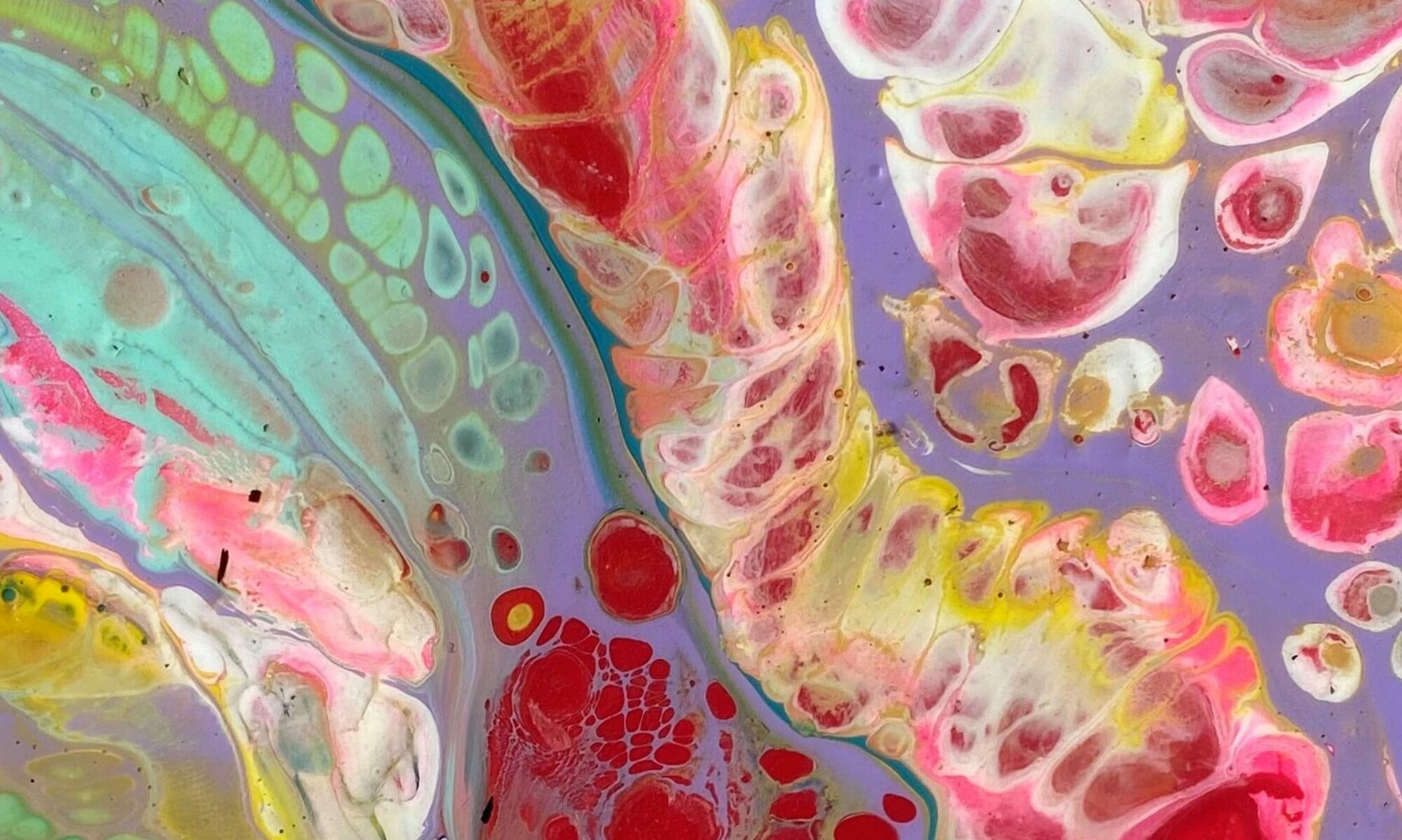
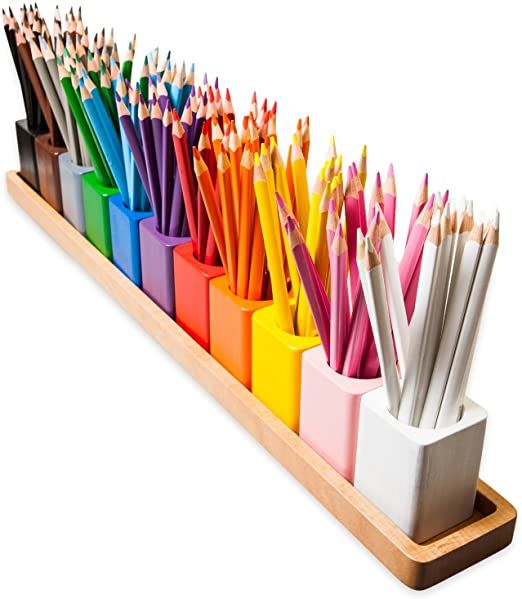
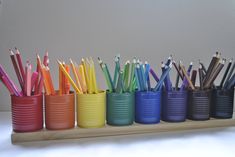
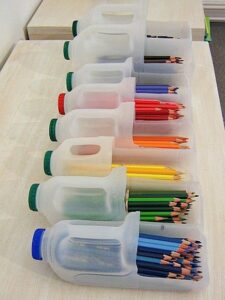
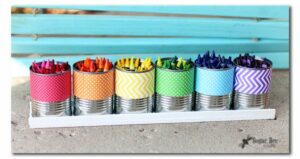 I think this would work very well on a smaller scal
I think this would work very well on a smaller scal